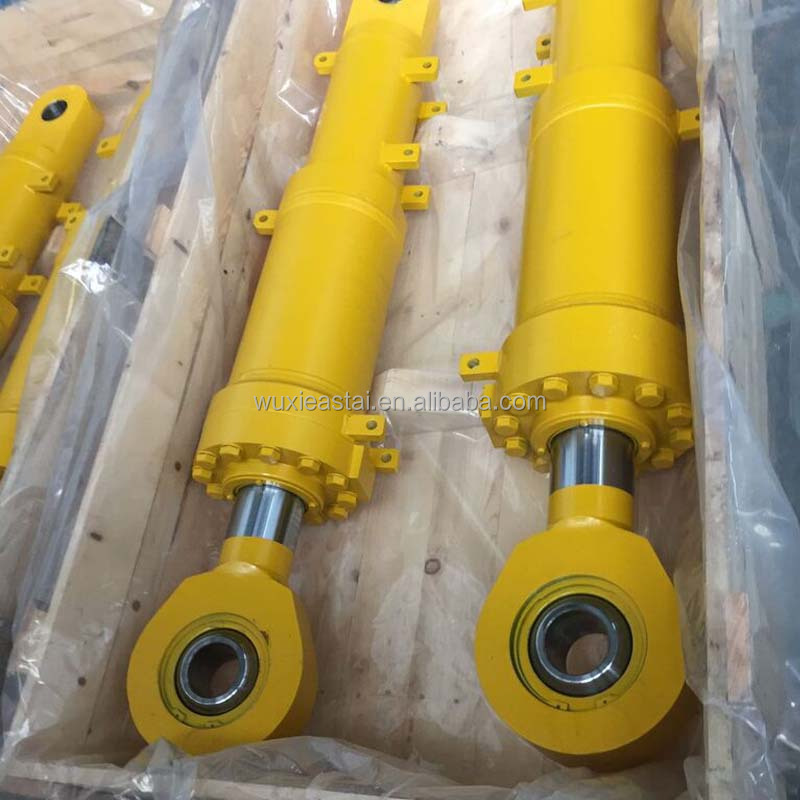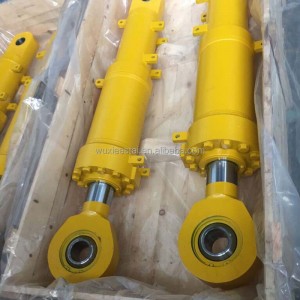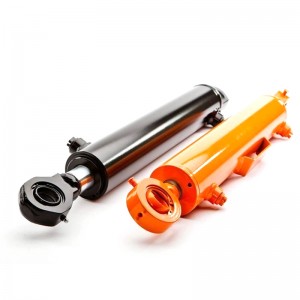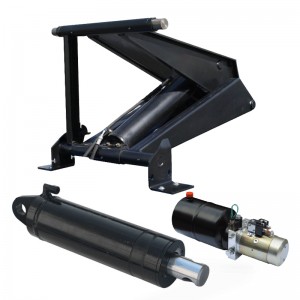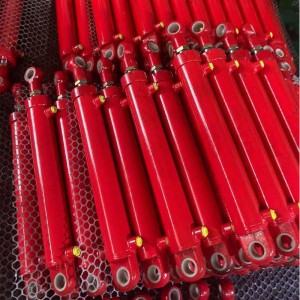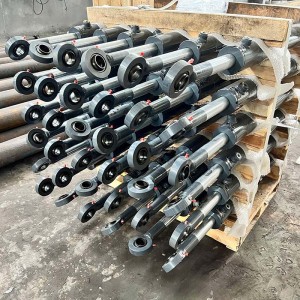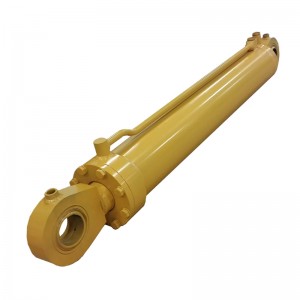Features:
- Hydraulic Energy Conversion: Hydraulic cylinders achieve energy conversion by translating the pressure of a liquid (typically hydraulic oil) into mechanical motion. As hydraulic oil passes through the cylinder body, the piston experiences pressure, resulting in linear motion.
- Linear Motion: The primary function of hydraulic cylinders is to generate linear motion. This motion can be employed for pushing, pulling, lifting, thrusting, and other applications, such as in cranes, excavators, and presses.
- Different Types: There are multiple types of hydraulic cylinders, including single-acting and double-acting cylinders. A single-acting cylinder can exert force in one direction only, while a double-acting cylinder can exert force in two directions.
- Materials and Seals: Hydraulic cylinders are typically made from high-strength metal materials to withstand high pressures and heavy loads. Seals are used to prevent hydraulic oil leakage and ensure effective sealing of the piston within the cylinder body.
- Control Mechanism: The movement of hydraulic cylinders can be controlled by manipulating hydraulic valves within the hydraulic system. These valves precisely regulate the flow of hydraulic oil, thereby controlling the speed and position of the hydraulic cylinder.
Application Areas:
Hydraulic cylinders find wide-ranging applications across various industrial domains, including but not limited to the following sectors:
- Manufacturing: Used to drive machinery on production lines, such as presses and welding robots.
- Construction: Employed in equipment like cranes, lifting platforms, and concrete pumps.
- Agriculture: Utilized in agricultural machinery, such as lifting mechanisms on tractors.
- Excavation and Mining: Applied in construction and mining equipment like excavators and loaders.
- Aerospace: Found in numerous aircraft and spacecraft applications, including landing gear and control surfaces.
Write your message here and send it to us



